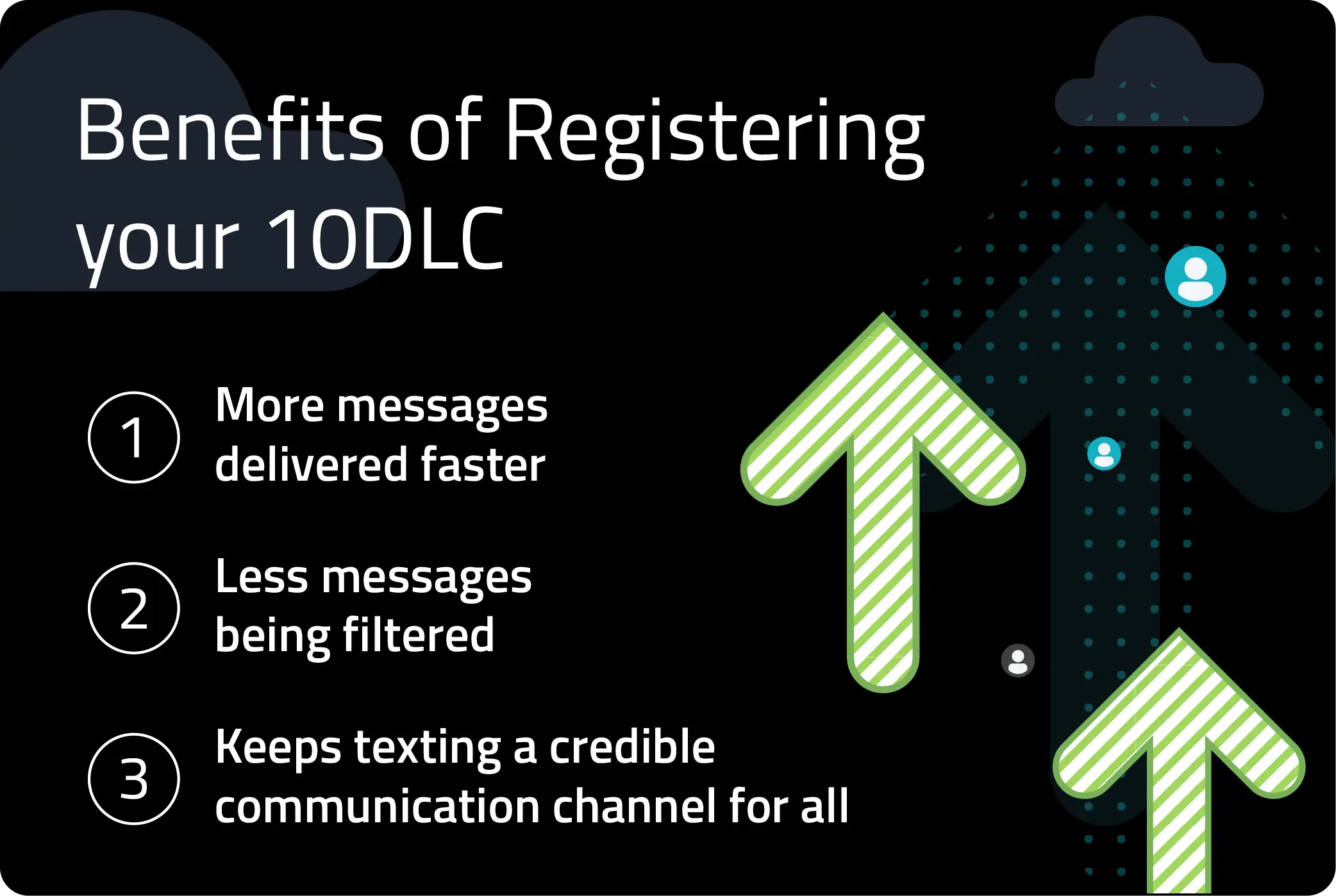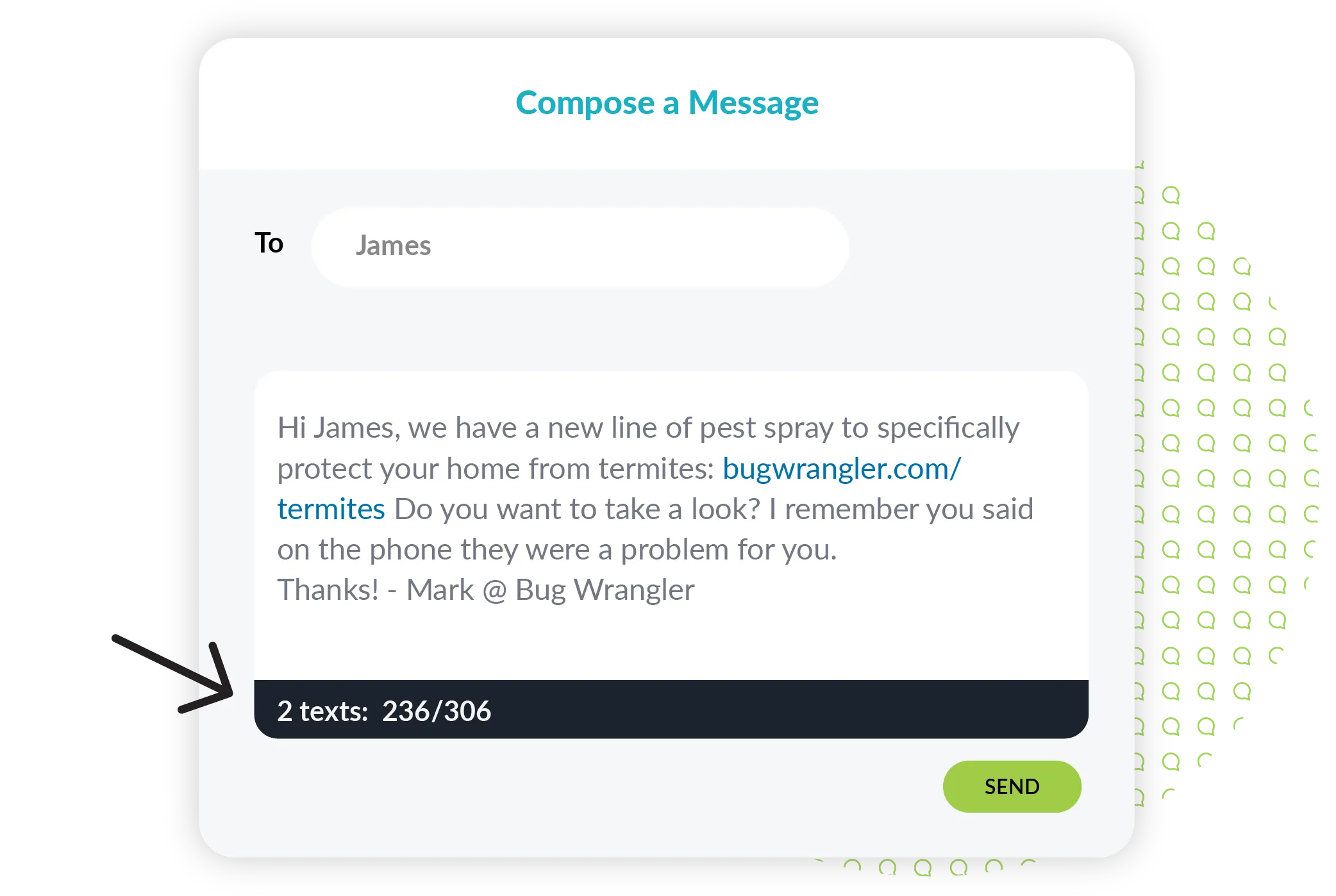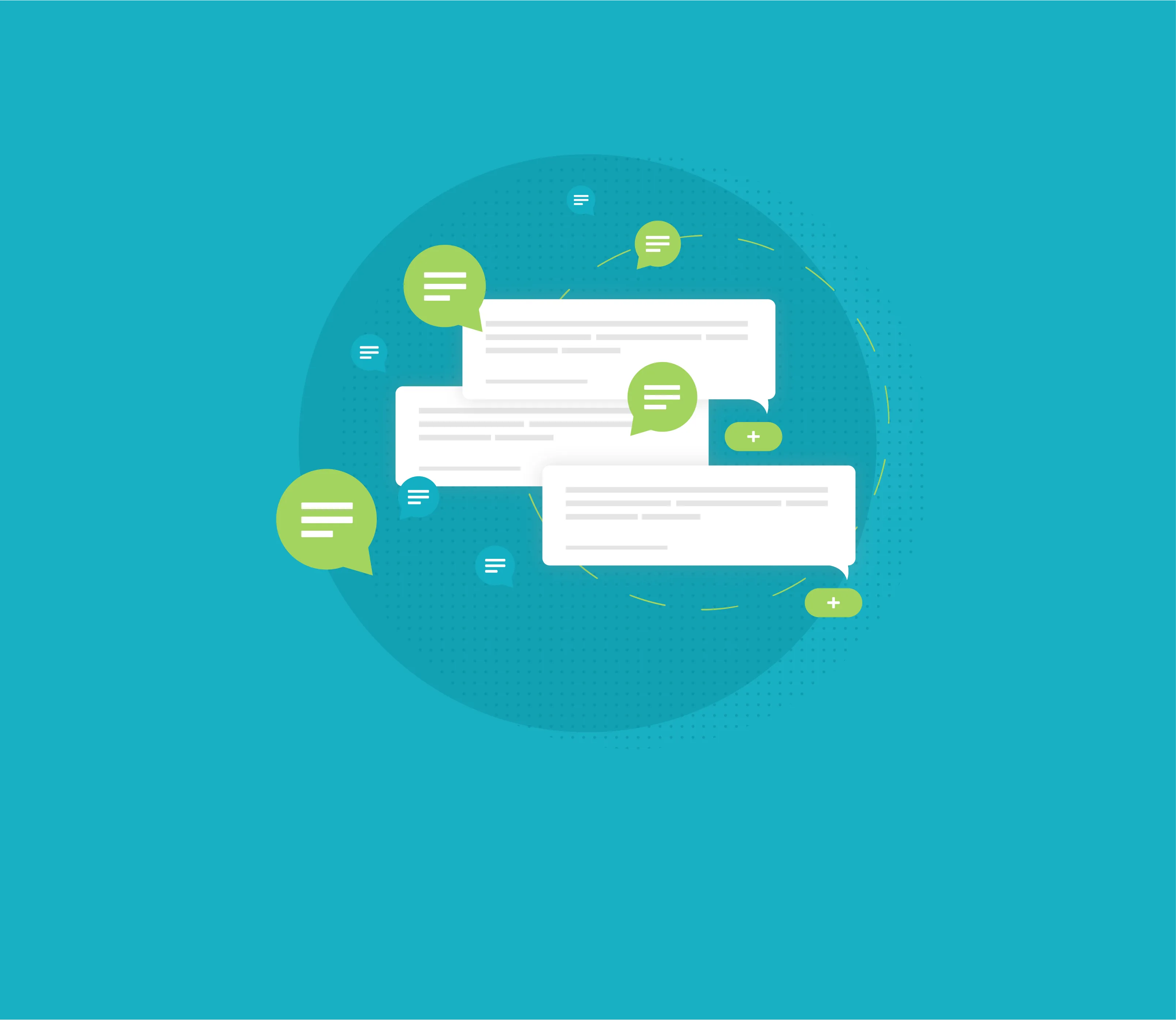Insight
What is SMS and How Does it Work?
SMS messages are the number one way consumers prefer to communicate with businesses.
We’re here to answer all your essential SMS questions—both general and business—so you can send text messages knowing how they work and why messages are charged the way they are.
What Is SMS?
SMS stands for Short Message Service, and it’s what we use to send SMS messages—or text messages. SMS is essentially a digital communications platform for sending and receiving short, text-only messages.
How Long Can a Text Be?
One SMS text can be up to 160 characters in length—we’ll explain why in a bit.
You can send longer messages, up to 1,600 characters long. That message would technically be sent as multiple texts, but a process called “truncating” will cause these multiple texts to appear as one continuous message. So if you send a message that has 200 characters, it’s technically two texts, but displays as one message.
Why Is There a Character Limit?
SMS was created in 1992 when 160 characters was the optimal size. It was the happy medium between how much data the SMS platform could support and what was long enough to get your point across.
This character limit has also become the base for how mobile carriers like Verizon, T-Mobile, and AT&T process SMS messages sent through networks, and also how they charge. This is in part due to new regulations for 10 digit long code phone numbers (10DLC) being used for business text messaging.
Why Did Carriers Implement New 10DLC Regulations?
Carriers want to prevent spammers from taking advantage of 10DLC. That’s why they register and charge businesses like yours for using it, so they can weed out the spammers.
10DLC registration improves business text messaging for everyone, including you, because registered 10DLC numbers have faster throughput, or delivery rates. This is a blessing in the long run. It keeps text messaging a spam-free channel you and your customers want to use.
We have an entire guide dedicated to 10DLC registration and why it’s important. But the big takeaway is messages can no longer be charged a flat rate and are instead billed per text (or 160 characters).
How Do You Know if Your Message Goes over 160 Characters?
Text Request has an SMS character counter that tracks how many messages your text will count as. We recommend you use it to keep your messages around 139 characters.
Why a 139 character limit instead of 160?
This gives you a safety net—especially if it’s the first time you’re messaging a contact.
Every time you text a contact for the first time, an opt-out notice will automatically be attached to the end of the message. This notice is “Text STOP to opt out” and is 21 characters long, so it will add 21 characters to your overall message.
This character counter is huge for billing purposes. Especially if you send a ton of group messages that accidentally become more than one message on a large scale due to opt-out notices.
We don’t want that headache for you.
What Are the Different Types of SMS Characters?
GSM and Unicode are the two different kinds of encoding characters that can be sent in texts.
GSM stands for Global System for Mobile Communications, and it is a character encoding standard that represents the most commonly used letters and symbols in the English language for SMS messaging. A GSM character will only ever count as one character toward your text.
Unicode, on the other hand, are characters and symbols used across other languages and were created later. They also only count as one character toward your text, but vary in size and complexity. Here are some examples:
✓ © § ❦ ; ¢ € £ ¥ $
All GSM and Unicode characters use the same amount of data. It is just that Unicode uses more data per character so you can fit less Unicode characters in a text.
Since GSM and Unicode are encoding standards, your text will either be all GSM or all Unicode. You cannot switch encoding on a character by character basis. This means that if you use 1 character not available in GSM, your entire message is switched to Unicode.
Emojis are singular Unicode characters. One emoji equals one Unicode character. But one Unicode character also switches the encoding for all characters in your message to Unicode.
Using too many emojis can trigger carrier spam filters, so it’s in your best interest to use them sparingly.
What Is the Difference Between SMS and MMS Messaging?
MMS stands for multimedia message service. The multimedia content it includes are JPEG, PNG, PDF, and GIF files. It also includes MP4 and MP3, but we don’t recommend sending those files to customers, because they often get compressed and lose quality.
MMS messages carry more data than SMS, and so they take longer from mobile carriers to deliver. That’s why MMS messages count as an additional text when you send them in a standard SMS message.
What does that mean?
Any attachments count as an additional text to the message you’ve already composed. For example, a 90 character message will count as two texts if you include an image.
Always check the size before you send an image. Most carriers only play well with files that are under 1MB. Anything larger will be compressed, and we want happy, clear images.
How Is Sms Different from Imessage or WhatsApp?
Messaging apps are tools like Facebook Messenger, Whatsapp, and iMessage (iPhone). They don’t require mobile carriers, like SMS, because they use internet connection to send instant messages.
This is great for sending texts longer than 160 characters, because there is no data limit imposed on users. But not so great for sending business text messages.
Why?
SMS messages can be received by customers regardless of what apps or phone they have. For example, someone without Whatsapp can’t receive Whatsapp messages, and iMessage only works on Apple products—but people can receive standard SMS messages regardless.
Your audience will always be wider with SMS marketing.
Can You Text from a Landline Phone Number?
Yes, text and voice are separate services on the same phone number. That means you can text through a platform like Text Request without affecting your landline’s voice services.
Check below to see if your number is eligible for enabling text messaging.




